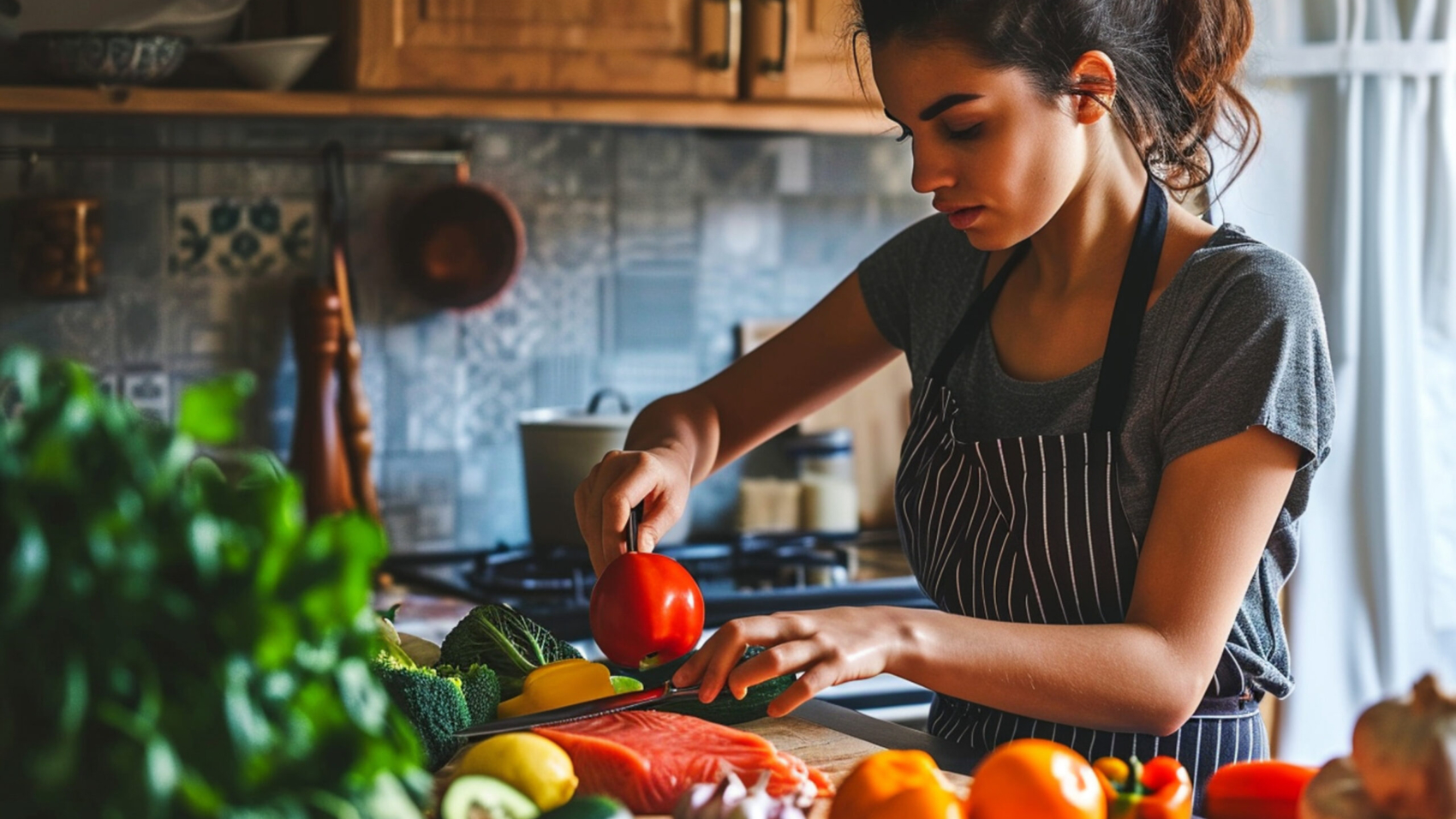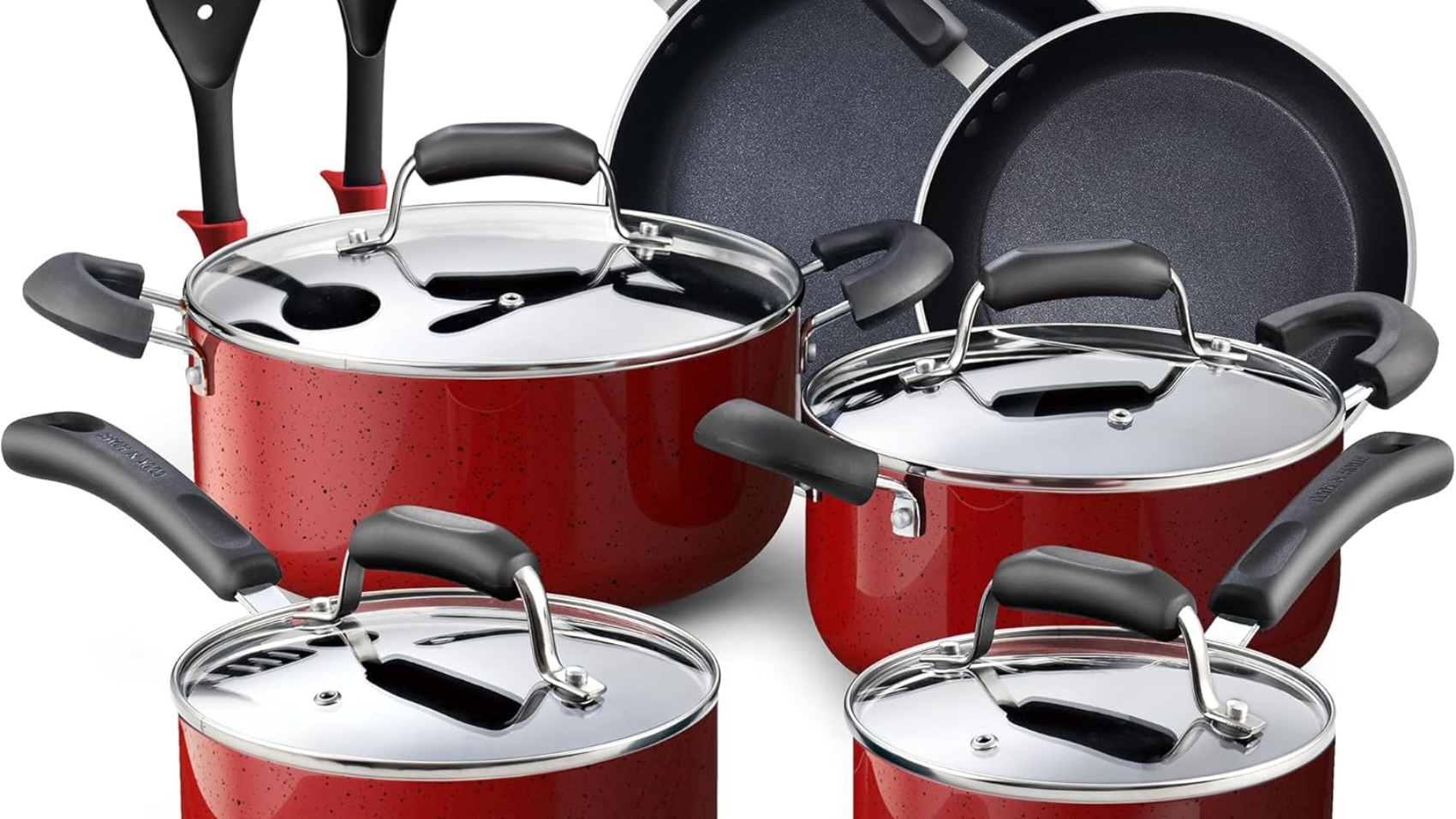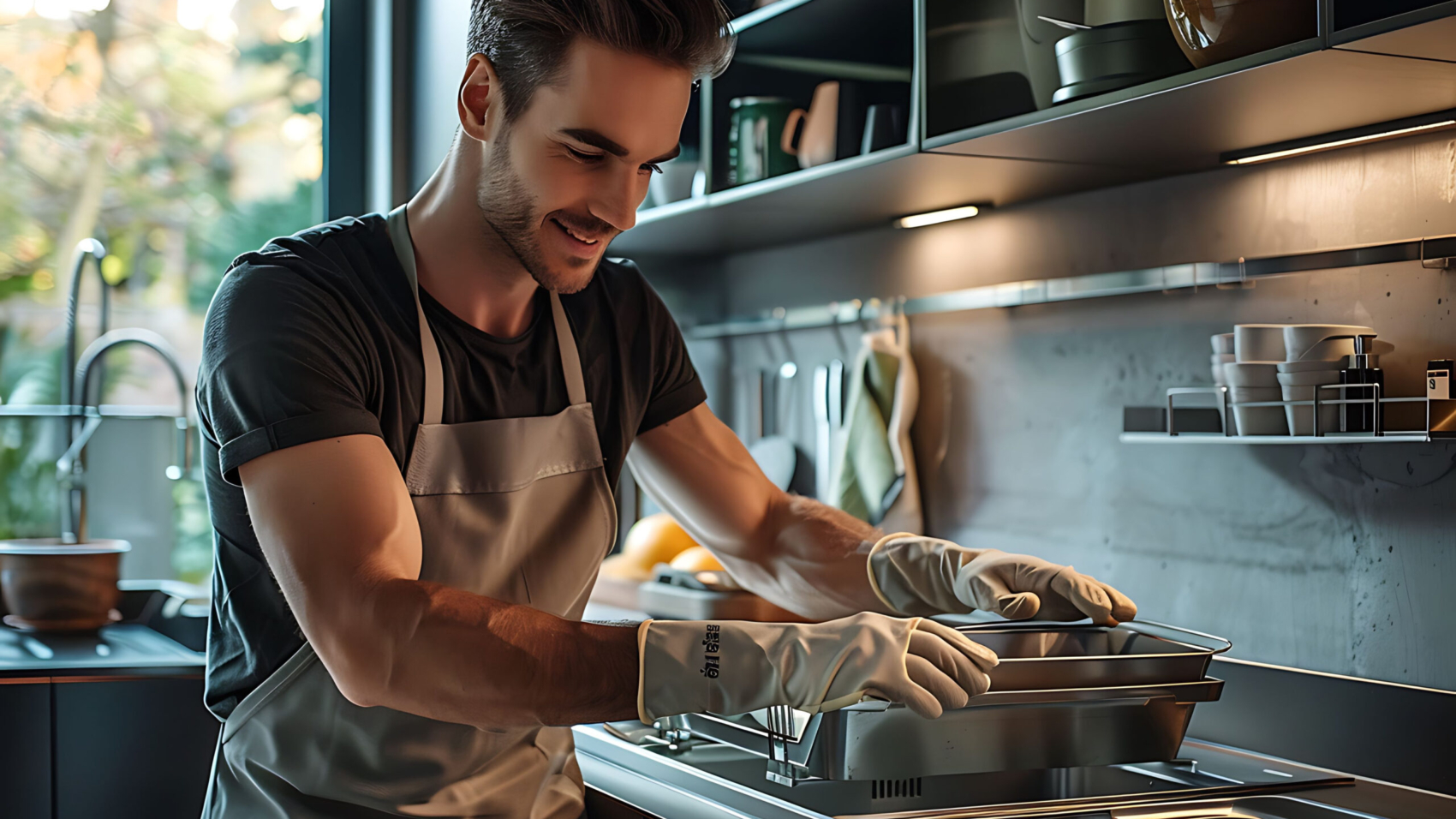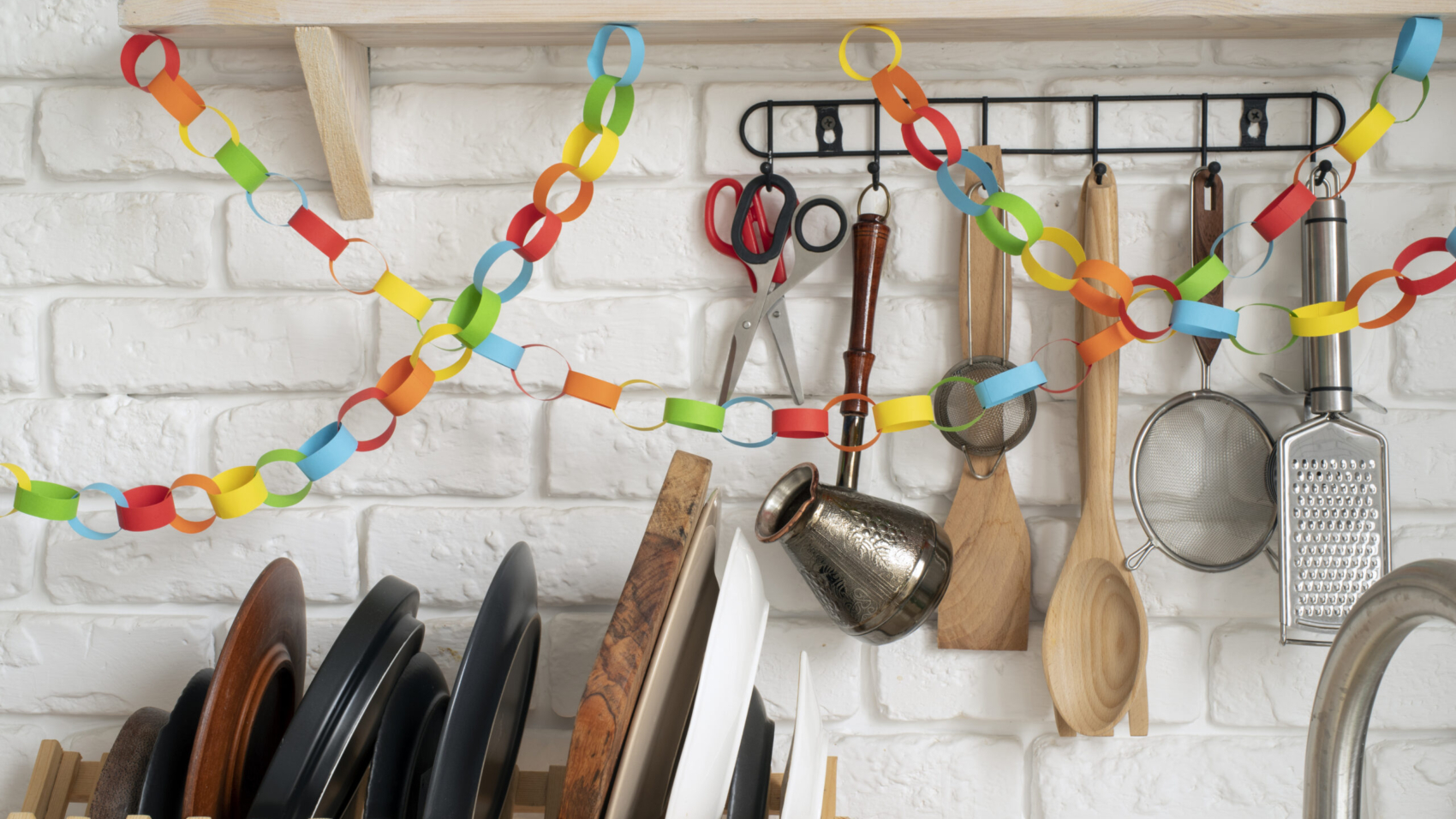
Le monde du yachting évoque luxe, prestige et liberté. Mais en haute mer, même les navires les plus coûteux peuvent être confrontés à des dangers soudains. Pourtant, certains yachts, malgré la tempête, la panne ou l’accident, ont été sauvés in extremis grâce à l’intervention rapide de leurs équipages, des gardes-côtes ou parfois… de la chance. Voici plusieurs histoires vraies de yachts secourus avant le drame.
⚠️ 1. Une Tempête Imprévue au Large de la Corse
En août 2022, un yacht de 35 mètres naviguant au large de la Corse a été pris dans une violente tempête non annoncée. Les vents ont dépassé les 100 km/h et les vagues ont atteint plus de 4 mètres.
Grâce à la réactivité du capitaine, qui a rapidement réduit la voilure, activé les stabilisateurs et transmis un signal de détresse, le yacht a pu être escorté par les autorités maritimes françaises jusqu’à un port sécurisé à Bonifacio. Aucun blessé, mais des dégâts matériels importants ont été recensés.
⚙️ 2. Une Panne Totale en Méditerranée Centrale
En 2021, un superyacht de 50 mètres a subi une panne électrique complète alors qu’il naviguait entre Malte et la Sicile. À la dérive, sans propulsion ni communications actives, le navire est resté plusieurs heures sans contact.
Un autre yacht croisant la même zone a détecté une émission radio faible, a alerté les autorités et a sécurisé la zone. Une équipe de techniciens a été héliportée pour réparer le générateur principal. L’incident s’est résolu en moins de 12 heures, mais a mis en lumière l’importance des systèmes de secours.
🔥 3. Incendie Maîtrisé à Bord au Large de Cannes
Lors du Festival de Cannes 2019, un yacht de luxe affrété par une célébrité internationale a vu un début d’incendie dans la salle des machines. Le système de détection automatique s’est déclenché, suivi immédiatement par le dispositif d’extinction à mousse.
L’équipage, parfaitement formé aux procédures d’urgence, a évacué les passagers sur des annexes et stabilisé la situation avant l’arrivée des pompiers marins. Le yacht, malgré des dommages techniques, a pu éviter un naufrage total.
🧭 4. Une Collision Évitée de Justesse en Croatie
Un yacht de 25 mètres a failli entrer en collision avec un cargo au large de Split, en Croatie. Une erreur de navigation automatique avait fait dévier la trajectoire de quelques degrés, suffisant pour croiser la route d’un navire de commerce.
Heureusement, un membre d’équipage a repéré l’anomalie et repris le contrôle manuel du navire. Grâce à un changement de cap rapide, le pire a été évité à quelques minutes près.
🛟 5. Le Rôle Clé des Équipages dans la Prévention
Toutes ces histoires partagent un point commun : l’importance de l’équipage.
- Une formation continue,
- Des exercices réguliers,
- Et une vigilance constante peuvent faire la différence entre un incident et un drame.
Les yachts modernes sont certes équipés de technologies avancées, mais c’est l’humain qui reste le dernier rempart contre le naufrage.
✅ Conclusion : Le Luxe Sauvagement Préservé
Ces yachts ont tous frôlé la catastrophe. Grâce à la préparation, aux interventions rapides et parfois à un peu de chance, ils ont pu éviter l’irréparable. Ces événements rappellent que, même dans un univers de luxe, la mer reste un territoire imprévisible, où la sécurité dépend d’un équilibre fragile entre technologie, expérience et sang-froid.






